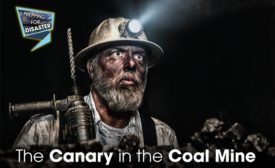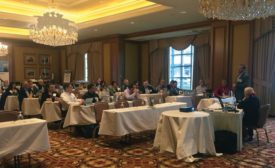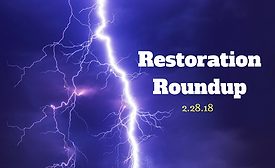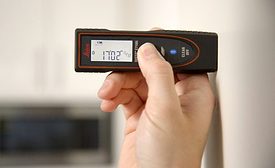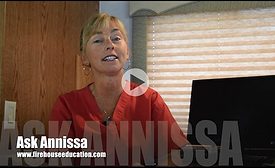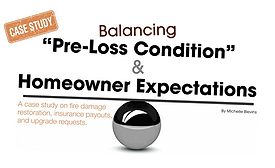Home » insurance restoration
Articles Tagged with ''insurance restoration''
Establishing Efficiencies
3 Things Estimators Can Do to Improve Consistency in Their Restoration Estimates
Read MoreBalancing Pre-Loss Condition & Homeowner Expectations
A case study on fire damage restoration, insurance payouts, and upgrade requests.
Read More
Stay ahead of the curve with our eNewsletters.
Get the latest industry updates tailored your way.
JOIN TODAY!Copyright ©2024. All Rights Reserved BNP Media.
Design, CMS, Hosting & Web Development :: ePublishing
